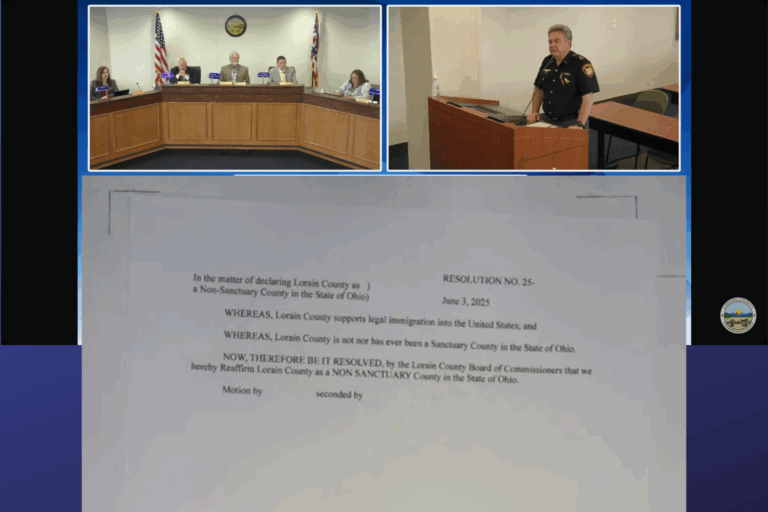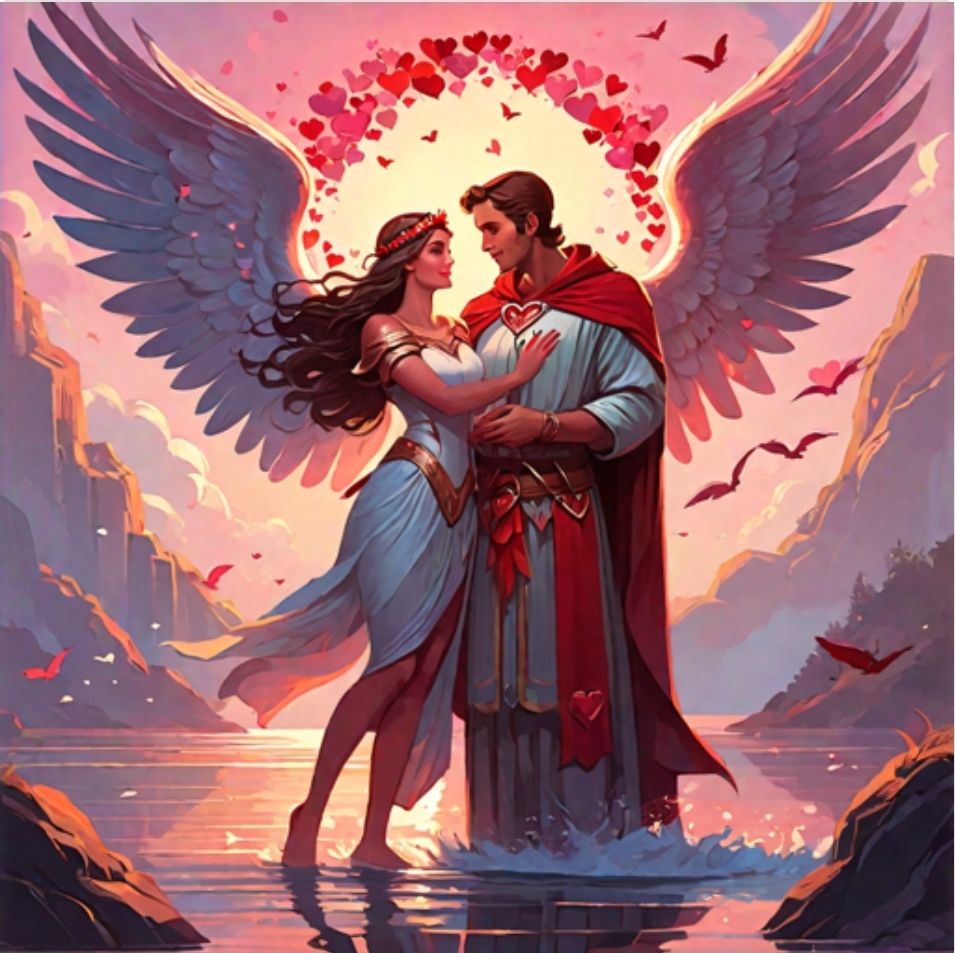

Editors Note:
Do you celebrate Valentine’s Day? Here’s a little history surrounding the holiday and its origins.

Valentine’s Day, celebrated on February 14th, has roots in both Christian and ancient Roman traditions. The holiday may have originated from the Roman festival of Lupercalia, which was held in mid-February to celebrate fertility.
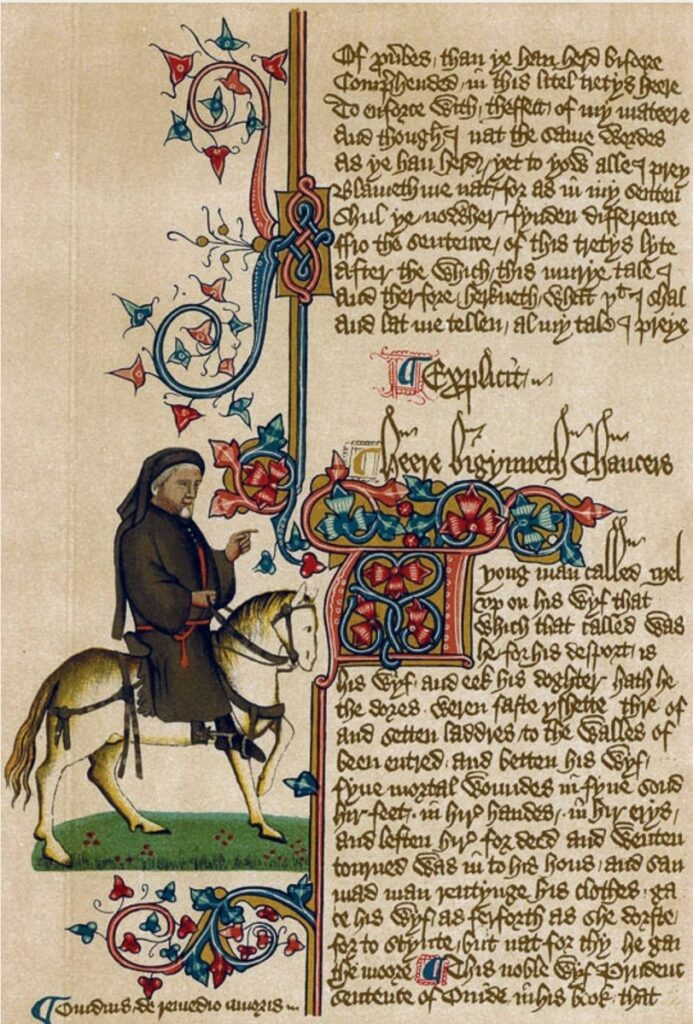
One of the earliest references to Valentine’s Day as a romantic holiday is in Geoffrey Chaucer’s 14th-century poem “The Parliament of Fowls,” where he wrote: “For this was sent on Seynt Valentyne’s day / Whan every foul cometh ther to choose his mate.”
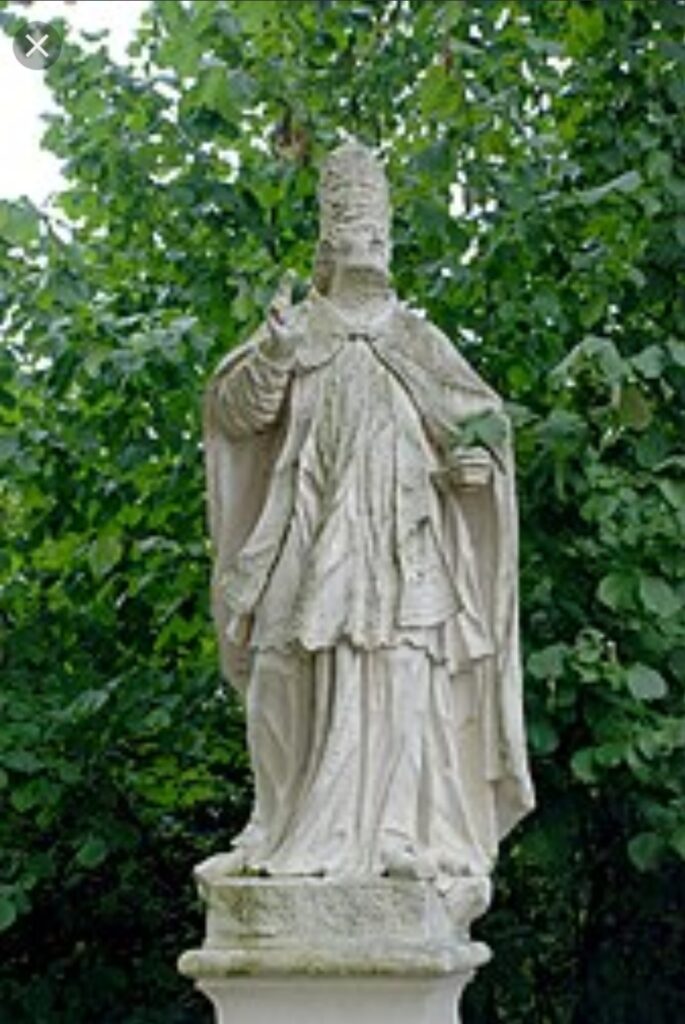
In the 5th century, Pope Gelasius I combined St. Valentine’s Day with Lupercalia to expel the pagan rituals and honor the Christian martyr(s) named Valentine. However, the identities of these martyrs remain unclear.

The association of Valentine’s Day with romantic love grew stronger in the Middle Ages, particularly in England and France. By the 18th century, exchanging handmade cards and tokens of affection became common practice.
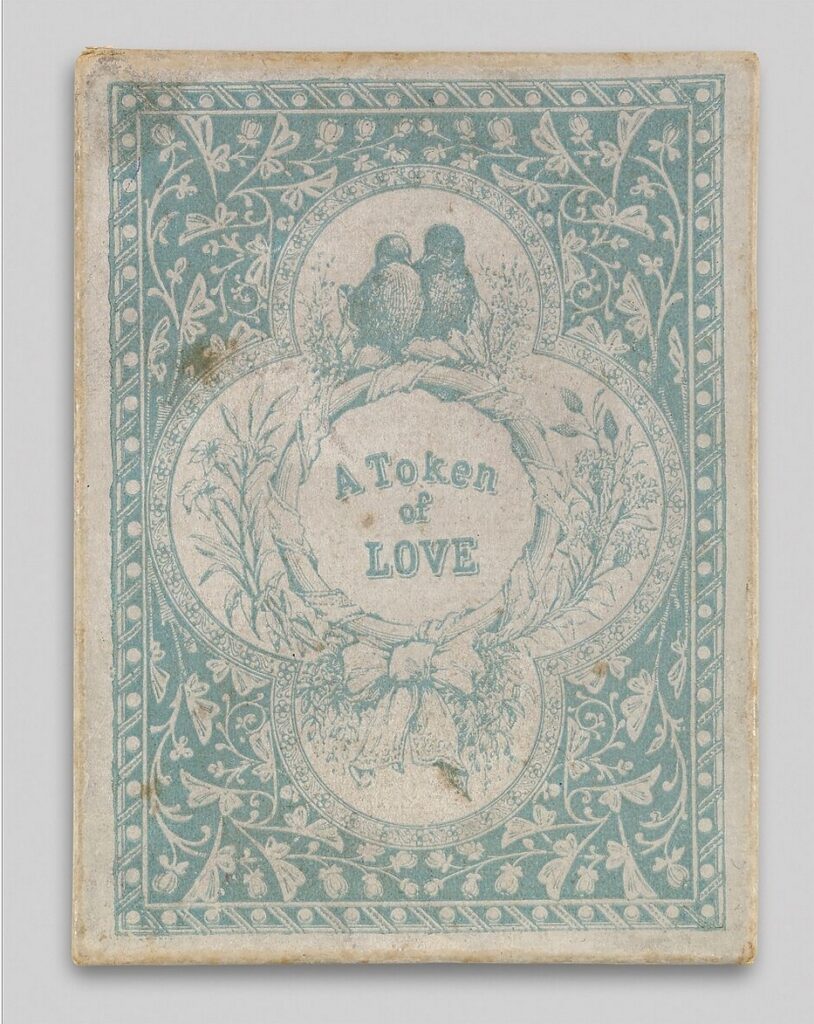
In the 19th century, mass-produced valentines became available, and the tradition spread to the United States. Esther A. Howland is credited with commercializing Valentine’s Day cards in America in the 1840s.
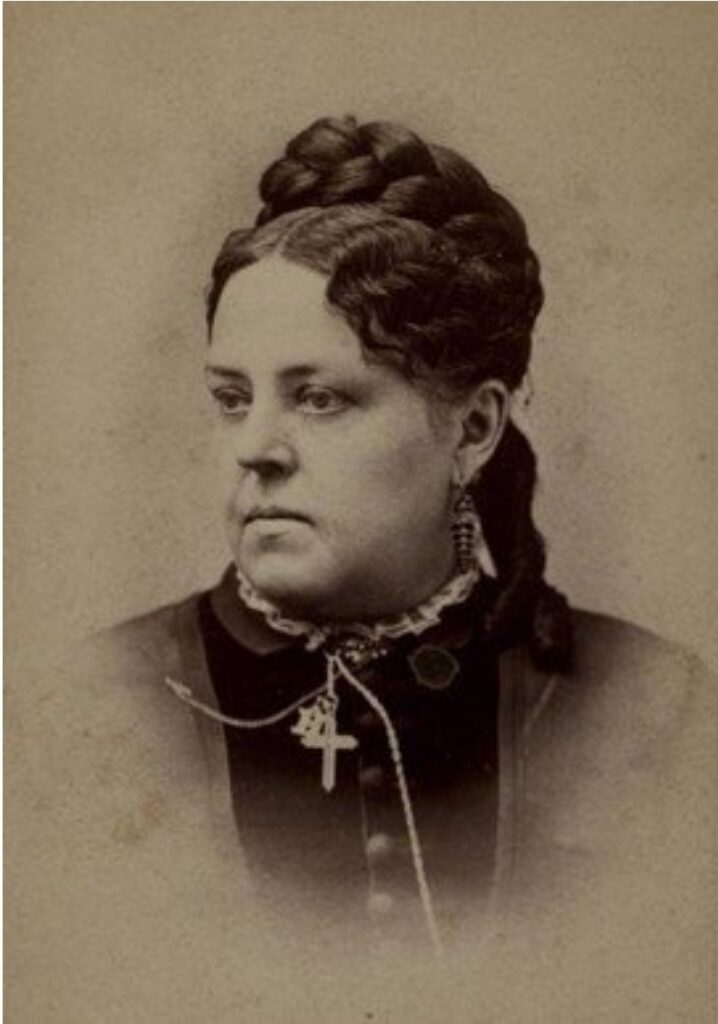
Today, Valentine’s Day is celebrated worldwide with cards, flowers, chocolates, and romantic gestures.
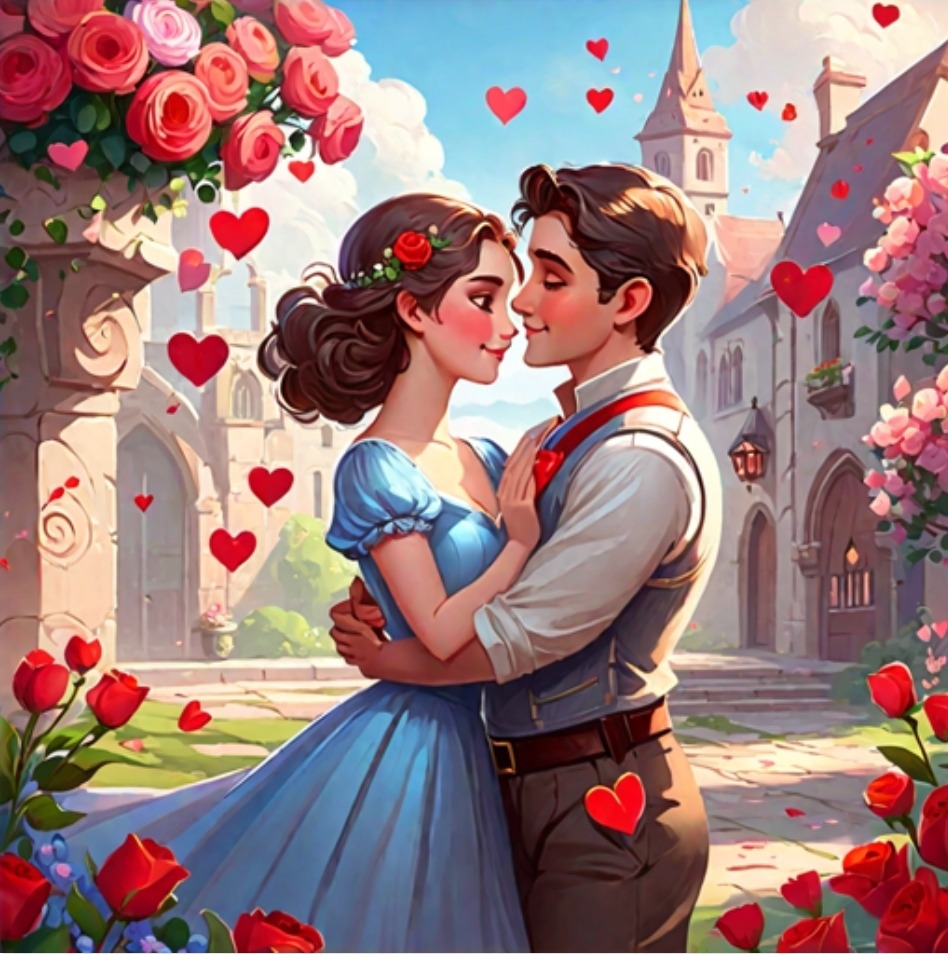
Over the next week Vermilion Daily will be highlighting the local happenings for Valentine’s Day. We hope you enjoy the holiday!
Sources:
- Chaucer, Geoffrey. “The Parliament of Fowls.”
- “Valentine’s Day.” Encyclopedia Britannica, www.britannica.com/topic/Valentines-Day.
- History.com Editors. “History of Valentine’s Day.” History.com, A&E Television Networks, 9 Nov. 2009, www.history.com/topics/valentines-day/history-of-valentines-day.


